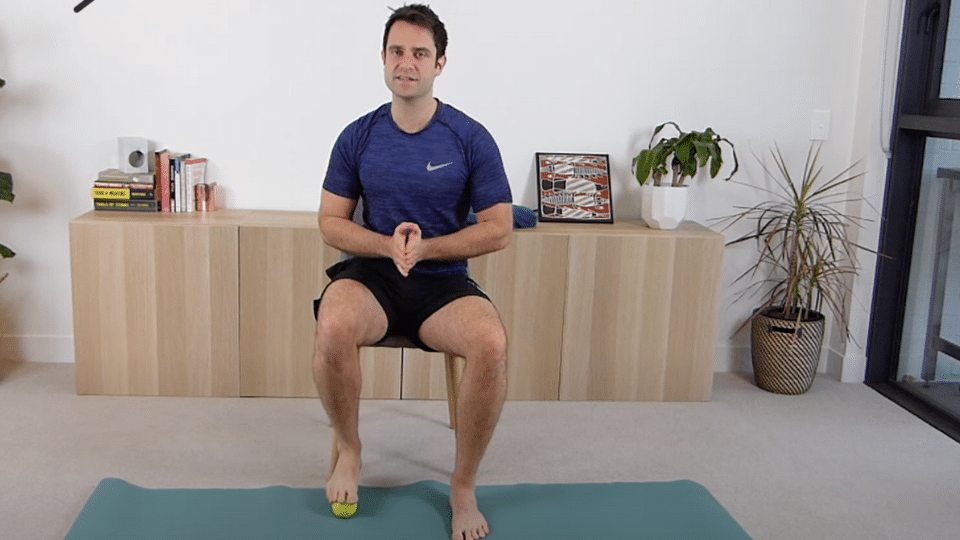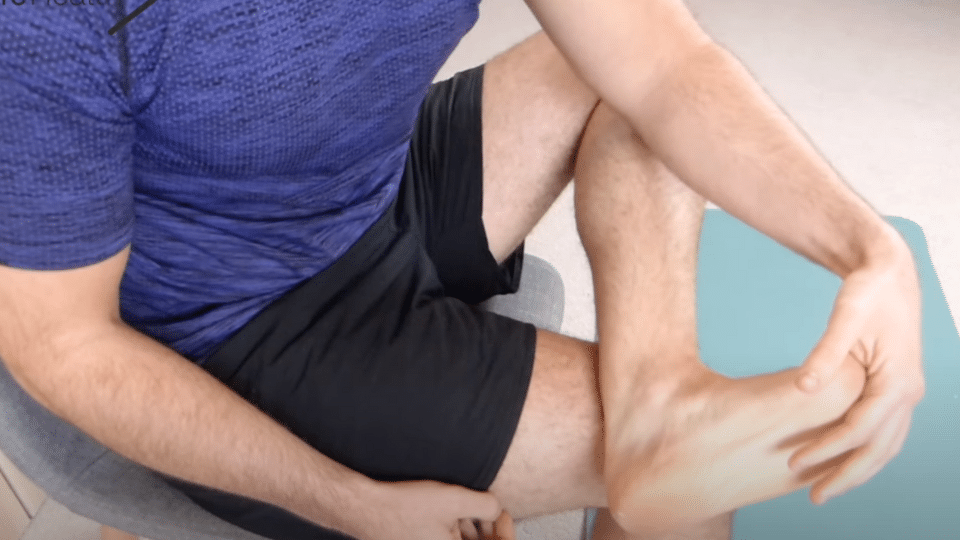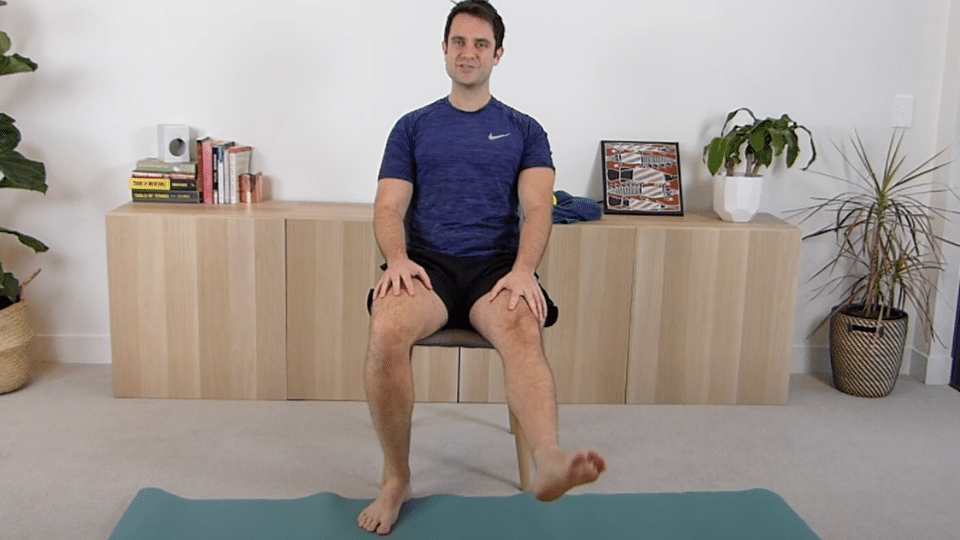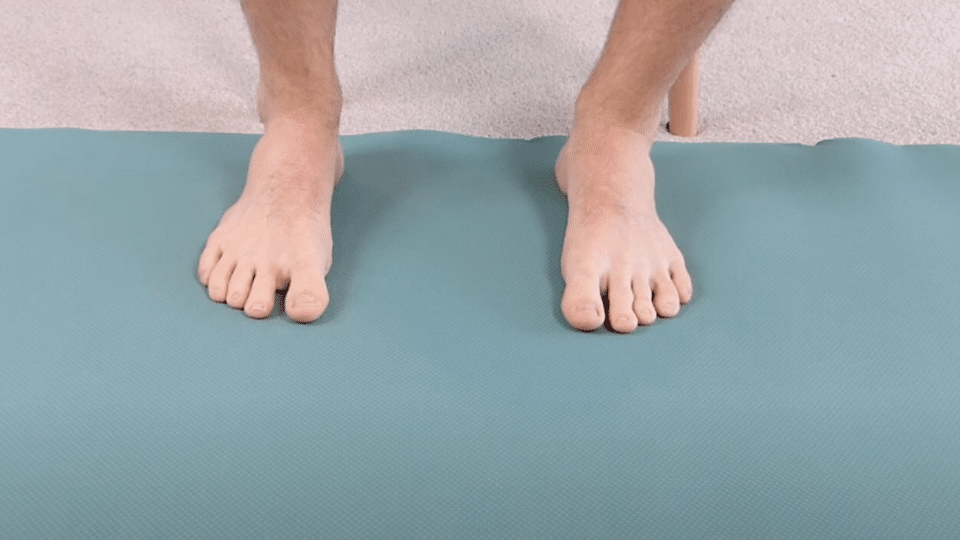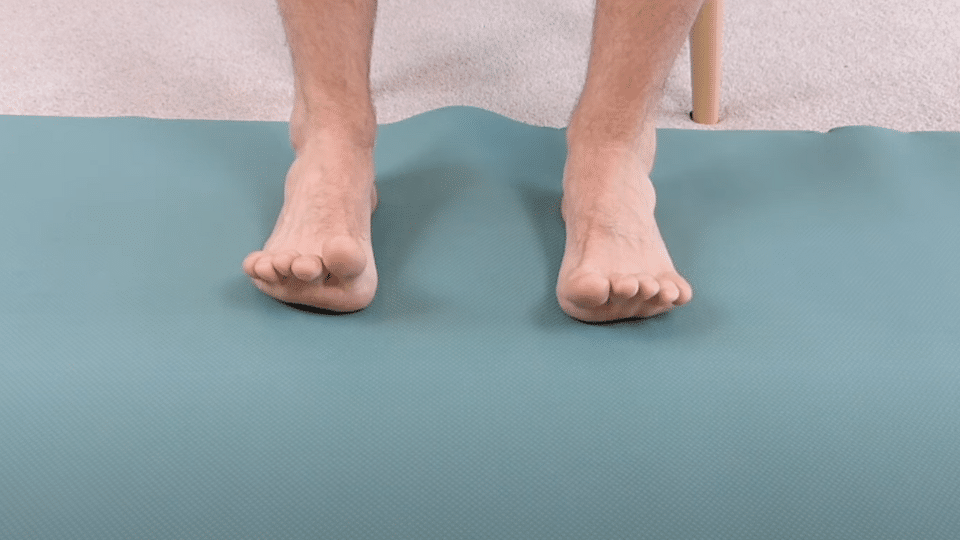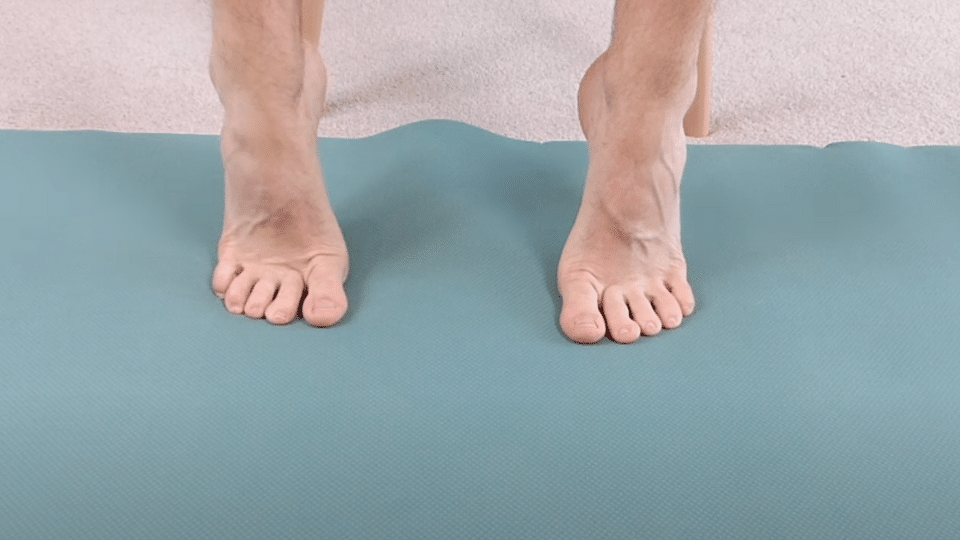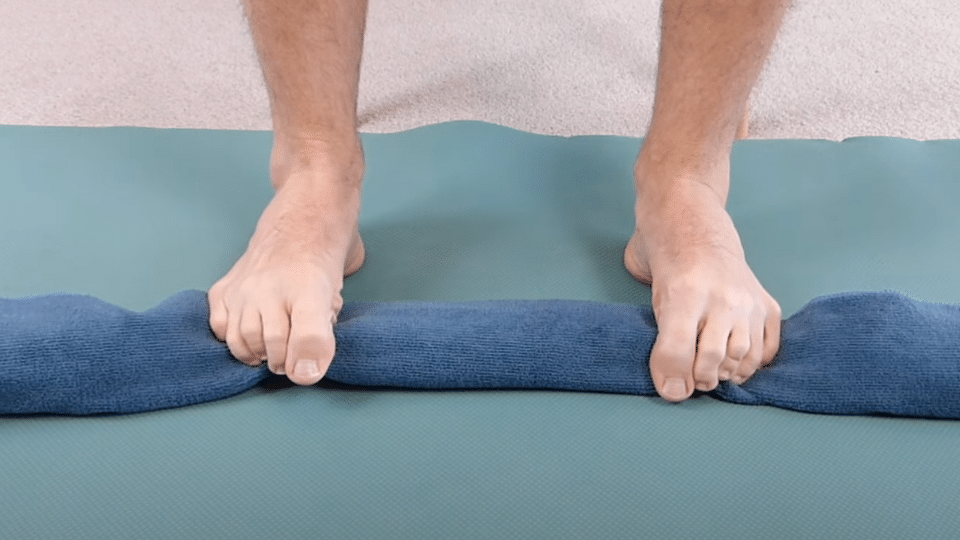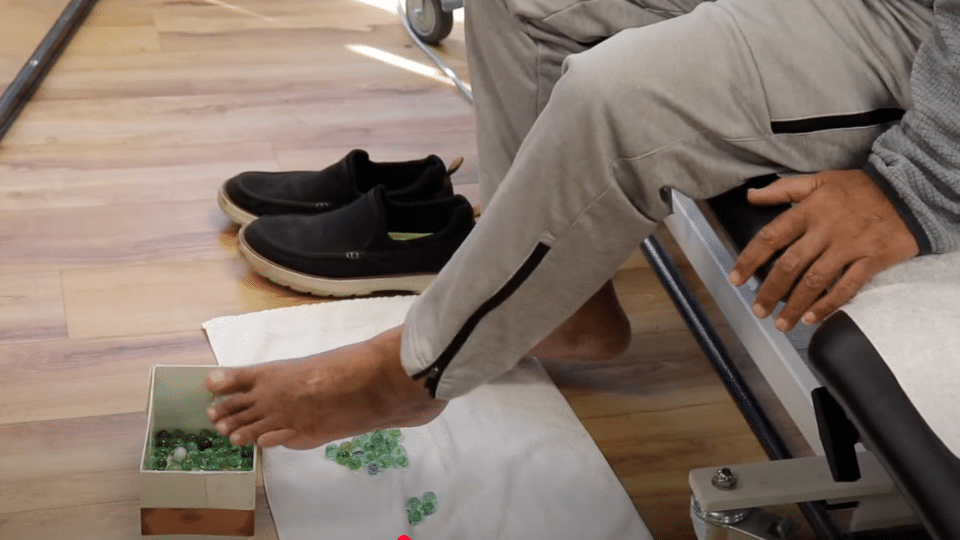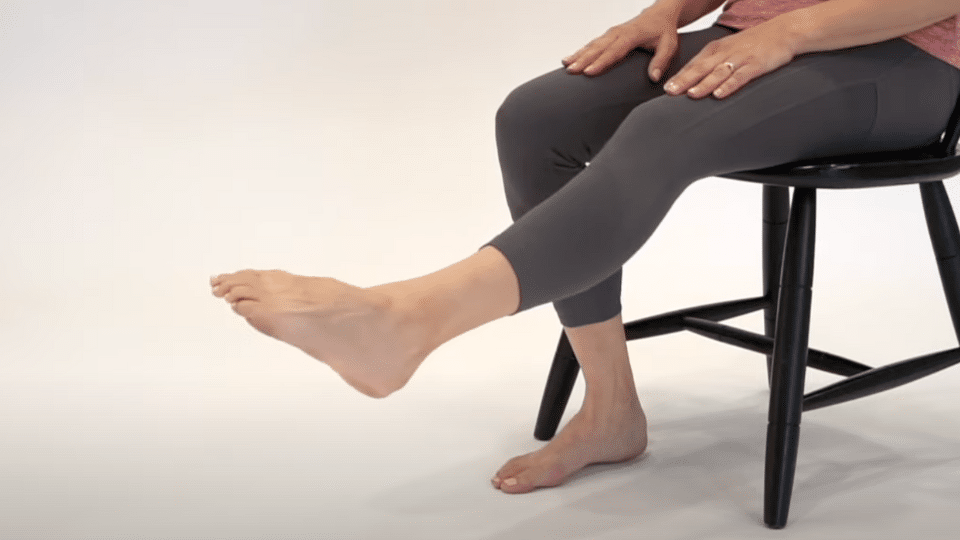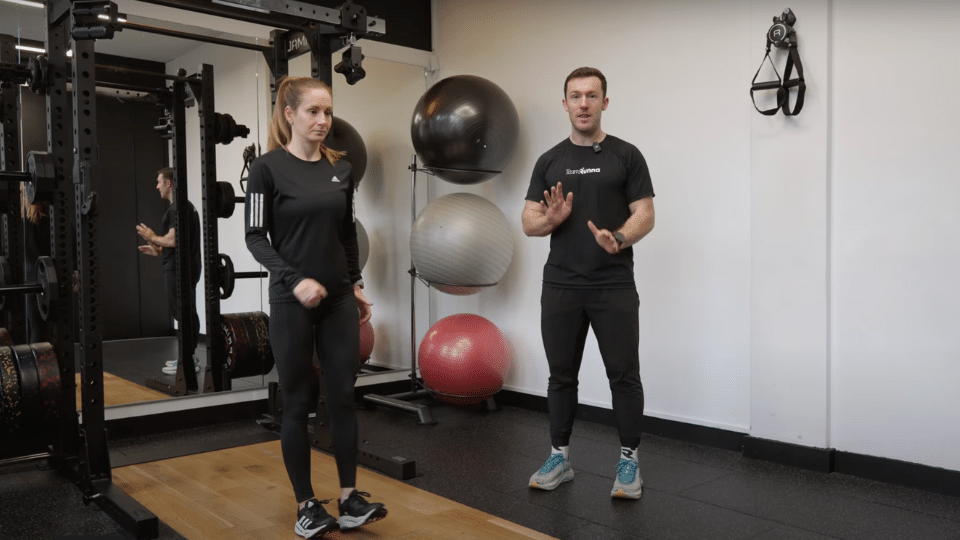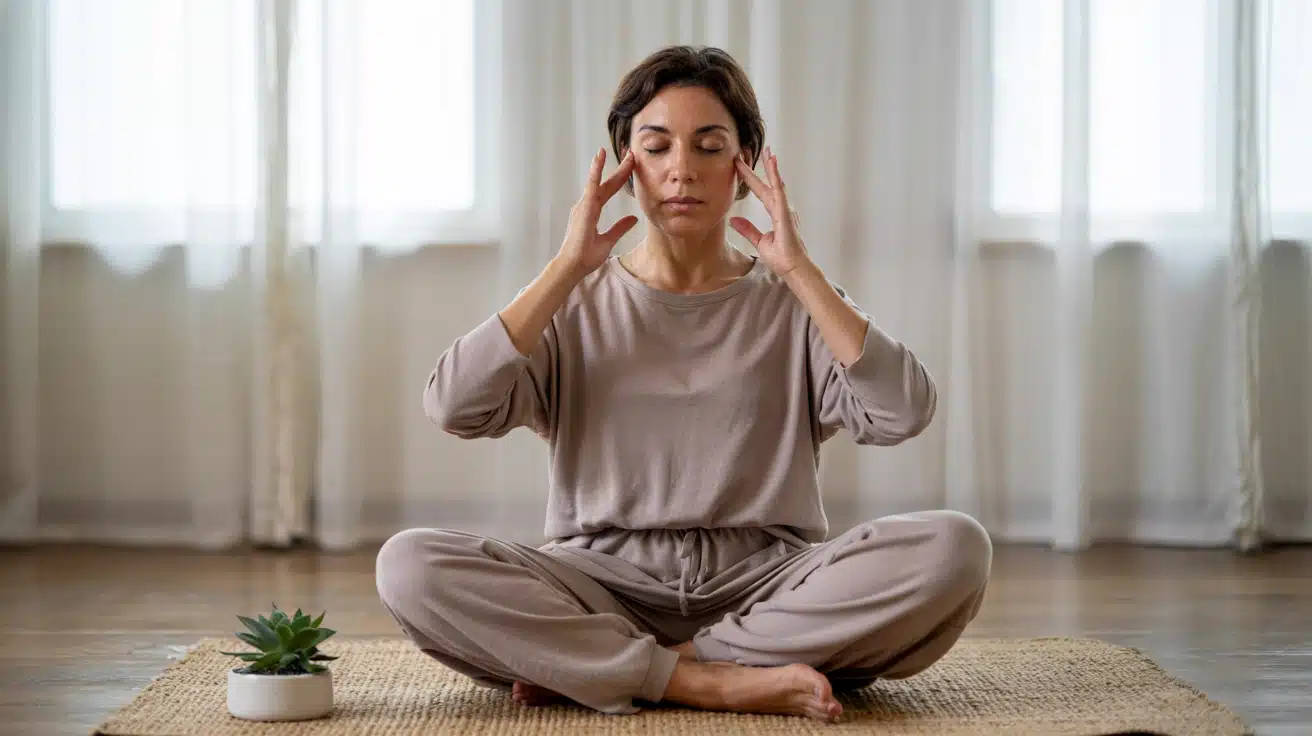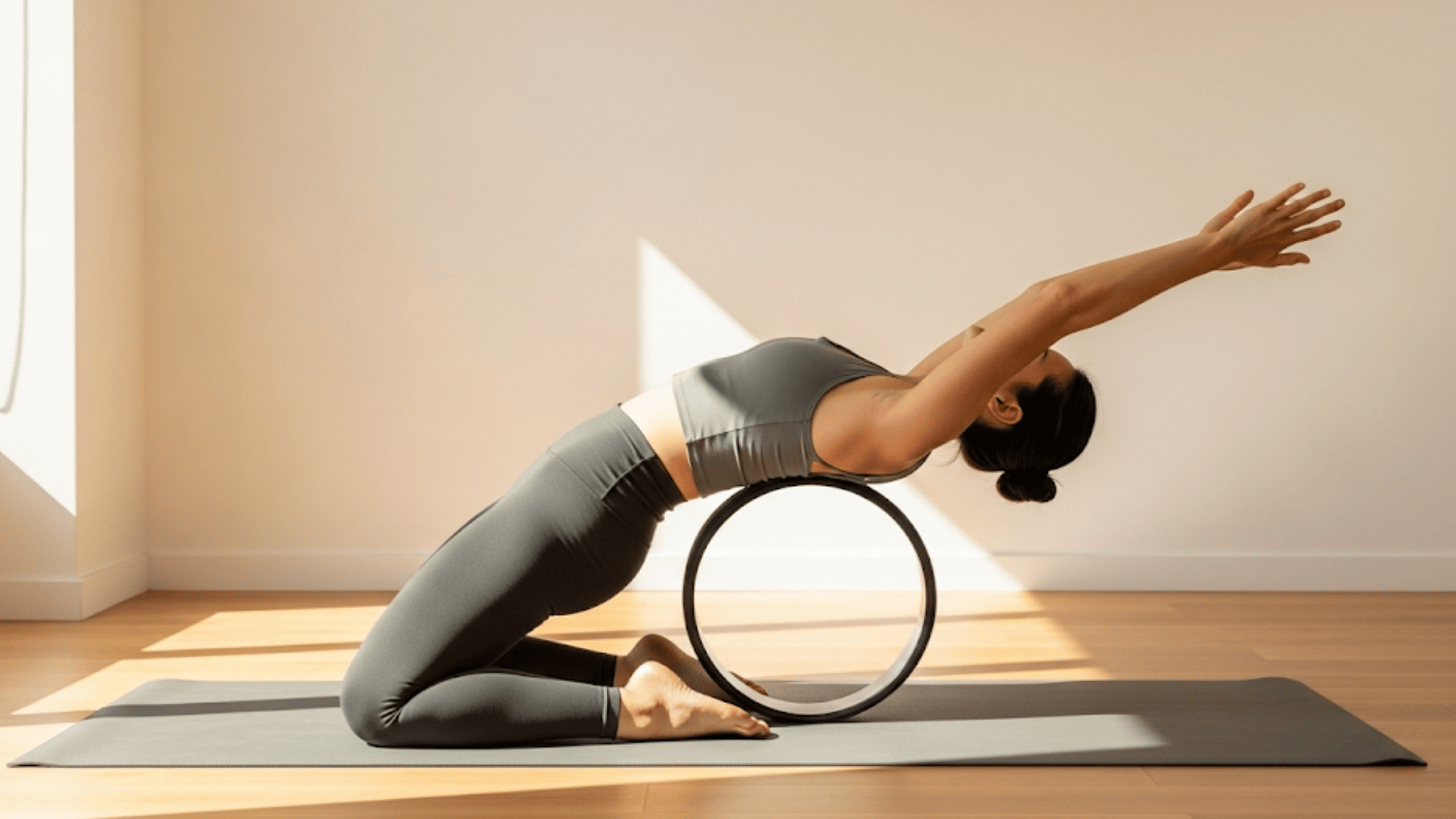I see it happen all the time, older people struggle with simple tasks, such as walking to the mailbox or climbing stairs. The real problem? Their feet have gotten weak and stiff over the years.
But here’s what most people don’t know: the right foot exercises can restore strength, improve balance, and prevent dangerous falls. Strong feet are the foundation for staying active and independent as we age.
I’ve compiled simple exercises that take just minutes each day, delivering powerful results. These exercises target the muscles, joints, and nerves that help seniors maintain their balance and stability.
Ready to give your feet the attention they deserve?
Let’s start with these proven exercises that can help you walk with confidence again.
Key Reasons Foot Health Is Critical for Seniors
Feet serve as the foundation for mobility throughout life. As people age, proper foot care becomes increasingly essential. Maintaining healthy feet supports continued activity and independence.
Strong Feet Support Daily Movement:
- Each foot contains 26 bones and dozens of muscles that keep the body upright and balanced
- Reduced movement and slower blood flow weaken these structures over time
- Daily activities like walking, climbing stairs, and standing become more challenging
- Falls are a leading cause of serious injuries in adults over 65
Foot Problems Worsen Without Care:
- Stiff ankles limit movement and change walking patterns
- Tight calves and foot muscles cause morning pain and shorter steps
- Weak foot muscles lead to arch collapse and toe deformities
- These issues get worse over time without proper attention
Regular foot exercises for seniors can help maintain strength and flexibility, preventing many of these age-related foot problems before they become serious.
11 Exercises For Feet: Essential Moves For Seniors
Strengthen your feet, improve balance, and stay mobile with these senior-friendly exercises. Each move supports stability, flexibility, and pain-free walking.
1. Self-Massage With Tennis Ball
Roll Away Tension and Pain
Place a tennis ball on the floor and put one foot on top. Roll the ball back and forth under the entire sole of the foot. Focus extra time on sore spots by applying gentle pressure.
This technique helps massage tight muscles and improves circulation throughout the foot. If a tennis ball feels too hard, use a softer ball or a foam roller designed for feet. Practice for 30 seconds per foot.
2. Toe and Foot Stretch
Stretch Multiple Areas at Once
Sit and place one leg over the other. Grab the toes with both hands and gently pull them toward the body. This creates a stretch in the toes, the sole of the foot, and the calf muscles simultaneously.
Hold the position for 30 seconds on each foot. Feel the stretch, but avoid any pain during the movement. This exercise addresses multiple tight areas that commonly develop with age.
3. Ankle Circles
Keep Joints Moving Freely
Sit in a chair with your stomach muscles tight. Lift one foot off the ground and make large circles with the ankle. Rotate clockwise for 5 repetitions, then counterclockwise for 5 repetitions.
Switch to the other foot and repeat the same pattern. This exercise helps loosen stiff ankle joints and maintains the range of motion needed for walking. Practice daily to prevent morning stiffness.
4. Toe Extensions
Work Small Foot Muscles
Keep feet relaxed and lift all toes up off the floor while keeping heels down. Hold briefly, then lower the toes back down. Repeat this movement 10 times total. This exercise targets the intrinsic muscles of the feet that often weaken from wearing shoes.
Focus on controlled movements throughout the exercise. These small muscles support foot arches and improve balance during walking.
5. Toe Spreads
Improve Toe Control and Flexibility
Lift the toes up and spread them apart as wide as possible before lowering them back down. Repeat this spreading motion 10 times. This exercise helps improve individual toe control and strengthens the muscles between toes.
The movement also helps counteract the cramping effects of wearing tight shoes regularly. Better toe control leads to improved balance and stability.
6. Toe Raises
Strengthen Front Leg Muscles
Lift all toes up while keeping heels on the ground. Hold briefly, then lower the toes back down. Repeat 10 times total. This exercise works the muscles in the front of the lower legs, creating balance with the calf muscle work.
These muscles help with proper foot positioning during walking. Strong front leg muscles prevent toe dragging and improve ground clearance.
7. Towel Curls
Fun Exercise Using Household Items
Place a rolled towel on the floor and put the balls of both feet on top. Use only the toes to grab and squeeze the towel. Hold each squeeze briefly before releasing. Repeat 10 times total.
This exercise strengthens arch muscles and improves toe dexterity while using a simple household item for resistance training. The gripping motion helps prevent flat feet and reduces pain associated with plantar fasciitis.
8. Marble Pick-Ups
Strengthen Toes and Improve Dexterity
Place 10-15 marbles on the floor next to a small bowl. Using only the toes, pick up each marble and drop it into the bowl. This exercise strengthens the small muscles in the toes and improves fine motor control.
Start with larger objects like coins if marbles are too difficult. The gripping motion helps prevent toe deformities and builds arch strength. Practice daily to maintain toe flexibility and coordination.
9. Seated Arch Lifts
Strengthen Foot Arches Naturally
Sit with feet flat on the floor and try to lift the arch of each foot while keeping toes and heels down. Focus on creating a dome shape with the foot by pulling the arch upward. Hold for 5 seconds, then relax.
This exercise strengthens the intrinsic muscles that support the arch and helps prevent flat feet. Start with 10 repetitions per foot and gradually increase as strength improves.
10. Alphabet Ankle Tracing
Improve Range of Motion and Control
Sit in a chair and lift one foot off the ground. Use the big toe to trace letters of the alphabet in the air, moving only from the ankle joint. Start with capital letters A through Z, focusing on smooth, controlled movements.
This exercise improves ankle flexibility and strengthens stabilizing muscles. The varied movements work the ankle through its full range of motion. Complete the full alphabet on each foot daily.
11. Heel Walks
Strengthen Front Leg Muscles
Walk forward on heels only, keeping toes lifted high off the ground. Take 10-20 small steps while maintaining balance and control. This exercise strengthens the muscles in the front of the lower legs and improves ankle flexibility.
Hold onto a wall or rail for safety if needed. The movement helps prevent toe dragging during normal walking and builds strength for better ground clearance. Practice daily to improve walking mechanics.
Visual Reference
I’d like to acknowledge these channels for their insightful video, which was a key reference in putting this guide together:
- Runna, Baptist Health,
- Reddy Care Physical Therapy,
- Harvard Health Publishing,
- More Life Health Seniors
Why Should Seniors Do Foot Exercises Regularly?
- Enhanced Balance and Stability: Regular foot exercises strengthen the small muscles that support the body’s upright position. Strong feet provide better ground contact and improve reactions to uneven surfaces.
- Pain Reduction: Foot exercises help alleviate common pain associated with plantar fasciitis, heel spurs, and arthritis. Stretching tight muscles relieves morning stiffness.
- Improved Mobility and Independence: Strong, flexible feet make daily activities easier. Walking to the store, climbing stairs, and getting around the house become less tiring.
- Better Blood Flow to Feet: Regular foot exercises help increase circulation throughout the lower legs. This helps reduce swelling and promotes faster healing of cuts or sores.
- Reduced Risk of Falls: Healthy feet with good sensation help prevent dangerous falls. Strong toe muscles provide a better grip when walking. Flexible ankles adjust quickly to changes in walking surfaces, maintaining the body’s stability.
- Prevention of Foot Deformities: Regular exercises help prevent common problems like hammertoes and flat feet. Strong arch muscles maintain proper foot shape.
Wrapping It Up
These foot exercises are simple but powerful tools for maintaining independence as you age. Strong, flexible feet reduce the risk of falls, ease daily pain, and help you move with confidence.
The best part? Each exercise takes just minutes but delivers lasting results that compound over time.
Remember those struggles I mentioned at the start, shuffling to the mailbox, feeling scared on the stairs, or avoiding walks altogether? These exercises directly address those challenges by strengthening the foundation that supports your entire body.
Don’t wait until foot problems limit your activities. Start with some exercises today and gradually add more as you build strength. Your feet carry you through life – they deserve this daily investment.
Which exercise will you try first? I was hoping you could share your experience in the comments below and let me know how these moves help improve your mobility and balance.


